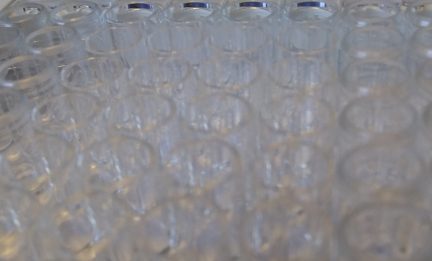There’s a lot of confusion out there about what ELISA testing is. Is it specific to gluten? Who can do it? How? How do I know if something has been ELISA tested?
 The full answer is long and complicated, but there are a few important highlights:
The full answer is long and complicated, but there are a few important highlights:
- ELISA stands for Enzyme-Linked ImmunoSorbent Assay.
- ELISA tests can check for any antibody (or antigen, which is the thing that causes your body to produce antibodies). They can detect gluten in foods, or HIV in a person’s blood, for example.
- ELISA tests can only be performed in a laboratory, because they require extensive scientific know-how and specific, expensive equipment.
- ELISA tests are manufactured by many different laboratories around the world. The word simply refers to a technique, not a brand.
- There are several moving parts to an ELISA test. The Big Two are:
- You can change the antibody/antigen inside the test (for example, an R5 ELISA uses the R5 antibody to detect gluten. A G12 ELISA uses the G12 antibody, the same antibody found in GlutenTox, to detect gluten).
- You can change the method of linking the antibody to the antigen: sandwich ELISA, competitive ELISA, direct ELISA, etc.
Of course, there are other differences. Not only the antibody can change, but the different solutions used to extract gluten from foods or other samples can change. So can the temperature, the timing, the quantities of test components, etc.
All ELISA tests work by trying to get a specific antibody to bind to a specific antigen. When this happens, a colored indicator will activate; a carefully-calibrated (and very expensive) machine can then read the intensity of the color and match it up with a precise analysis of how much antigen is in the sample. When it comes to gluten testing, of course, the antigen is some fragment of gluten (often a fragment of the alpha-gliadin molecule) and the analysis is usually represented as PPM.
Next up: more on the difference between ELISA tests and Lateral Flow Devices in gluten detection.


